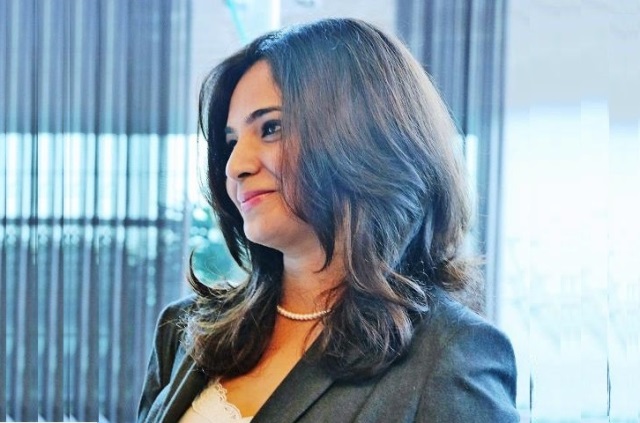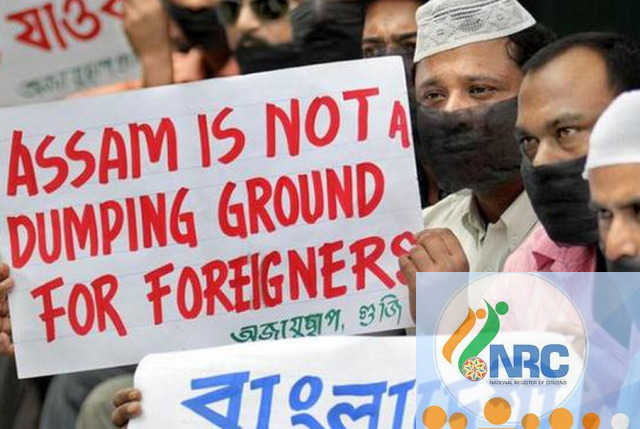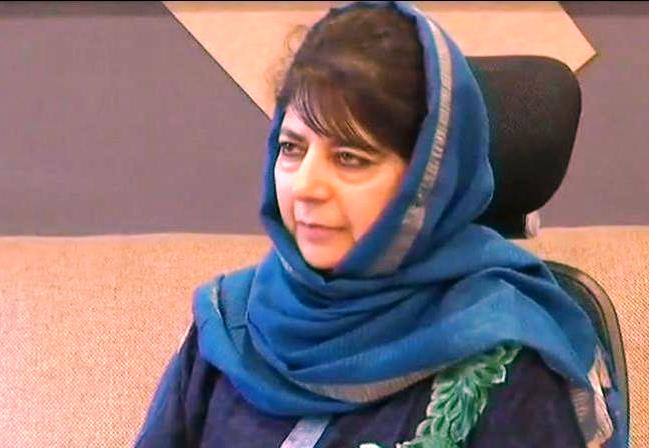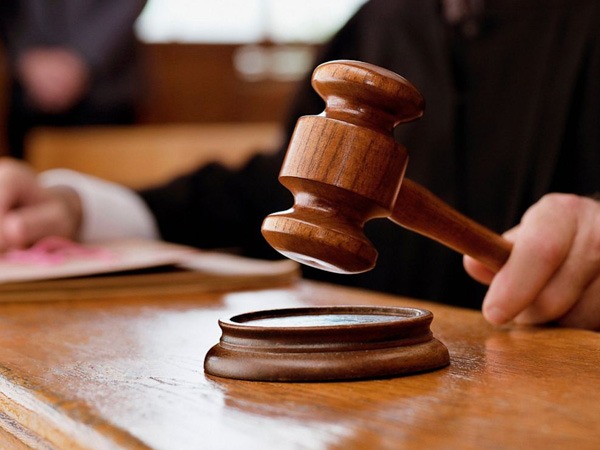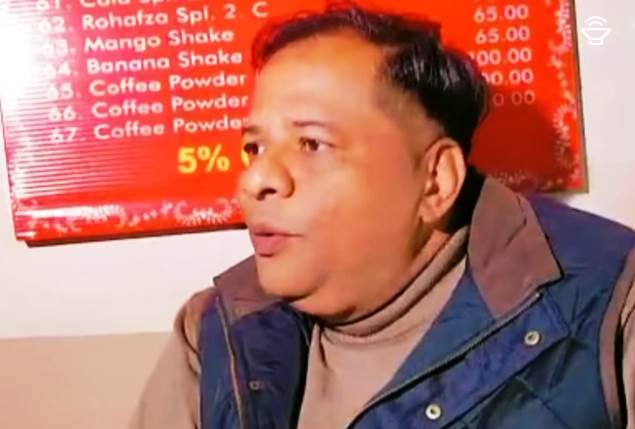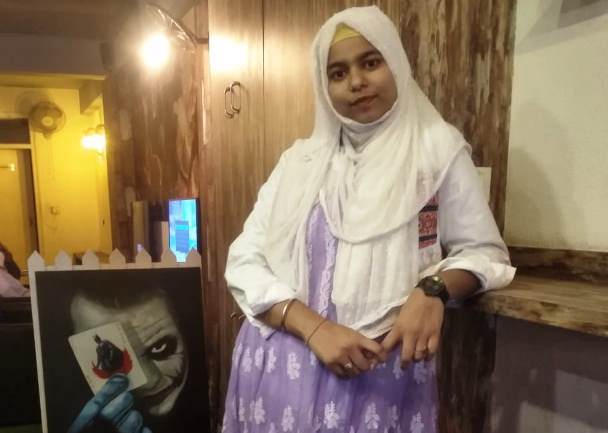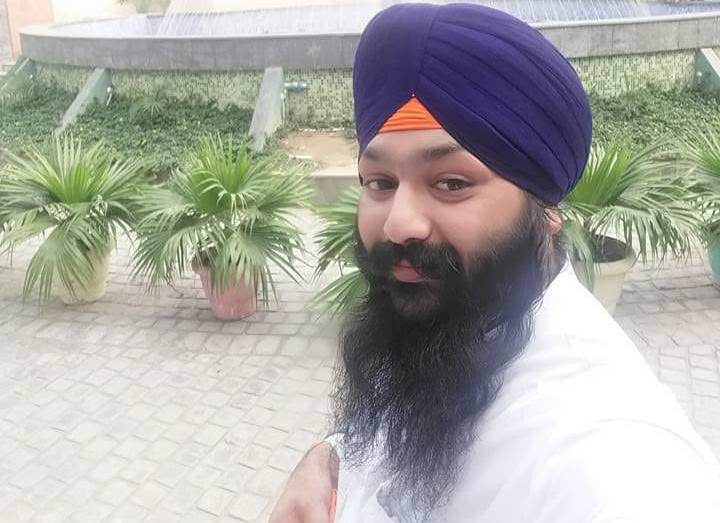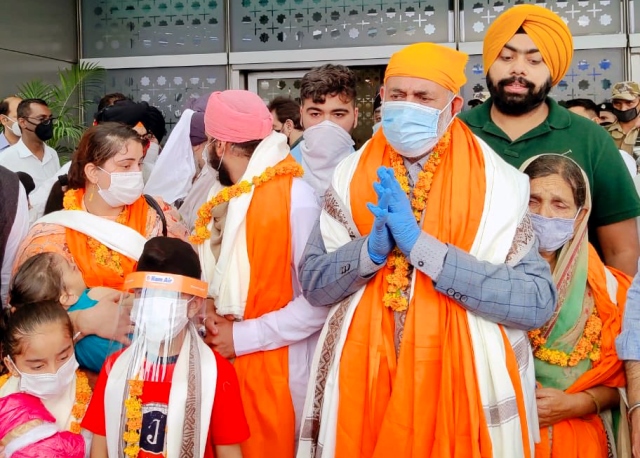Swati Goswami, an Ahmedabad-based writer, shares her views on Gujarati hypocrisy and the anti-immigrant policy of Donald Trump. Her analysis:
Gujarati merchants have a long and rich history of migration, dating back to the 16th century. Contrary to popular belief, they probably weren’t the pioneers in exploring cross-border opportunities. While Gujaratis are renowned for their entrepreneurial spirit and skills, within India and their ‘second home’, the USA, other regions also have their stories to tell. Tamil merchants probably migrated first for gold trade, though their achievements often go unaccounted and underappreciated in northern and western India.
I can recall the friendly banter between Gujaratis and Bengalis following former JNU alumni and economist, Abhijit Banerjee’s Nobel Prize win in 2019. Bengalis proudly highlighted their pursuit of higher education beyond borders while Gujaratis boasted about their maritime trade endeavours much before them. The coastal locations of Gujarat, Bengal, and Tamil Nadu facilitated such pursuits, combining geographical advantages with resourcefulness and ambition.
Interestingly, the famous Moroccan explorer, Ibn Battuta, travelled to Gujarat via Delhi in the 14th century, visiting Khambhat, then known as Cambay, which became a hub for international trade with the Gulf and African countries. However, Khambhat faced communal violence in February 2020, alongside North Delhi. This highlights the extent to which a section of Gujaratis can go to earn money despite their equally infamous communal tendencies. We do see many of them leading successful lives in Muslim countries like Dubai, but, back home, for certain sections, the politics of hate wins.
It’s perplexing to observe the Gujarati obsession with America, both legally and illegally, and the irony in the anti-migrant sentiments prevalent in Gujarat and the US. Both regions pride themselves on their achievements — Gujarat as a resourceful state and America as a global superpower. However, their economies rely heavily on migrants. In Gujarat, workers from UP, Bihar, Rajasthan and Madhya Pradesh form a crucial part, not just in construction but also in skilled sectors like gardening, street food vending, and domestic work.
In the US, Democratic and Republican administrations have highlighted ‘outsiders’ in their campaigns, often overlooking the significant contributions of Asian or Indian immigrants, including Gujaratis, to their economy. It’s ironic that Gujaratis in America advocate for citizens’ rights while supporting policies like the CAA back in India.
Gujarat and America often blame migrants for crimes committed by their own people. In the US, most school shootings have reportedly been perpetrated by white individuals, not minorities. Similarly, the Gujarat pogrom in 2002 were instigated by locals, not migrants. I have often heard Gujaratis attribute crime to migrants from UP and Bihar, which is a dangerously misleading narrative.
As someone from UP, I find it less pretentious compared to Gujarat. UP, despite its communal tendencies, doesn’t pretend to be something it’s not. Gujarat, with its wealth and global exposure, often prioritizes image over substance, as seen in projects like the Sabarmati Riverfront, which pushed slum dwellers to live next to the biggest landfill in Ahmedabad. During the Trump visit to Ahmedabad in 2020, the poor were hidden behind a big curtain.
It’s puzzling to see Gujarati NRIs become fervent patriots while rarely venturing beyond Gujarat. If India cannot provide them the life they desire, what do they feel so patriotic about? And if Gujarat is so enriching, why do they choose to leave?
ALSO READ: Dignity Deported
There has been a significant trend of high-net-worth individuals (HNIs) leaving India, especially since the pandemic. It’s striking that not only middle and upper-middle-income individuals, but a substantial number of HNIs have been emigrating since the pandemic. The US has seen a rise in wealthy Indians immigrating through investment visas, which offer benefits to entire families. These individuals not only contribute to the economy through investments, but also employ others. The question remains: who is accountable for this multi-dimensional loss to the Indian economy and employment generation?
It’s no different from how the government highlights school enrolment numbers, while ignoring the dropout rates. Similarly, we see misleading narratives on social media about people returning to India due to its supposed ease and opportunities, visible only to a select few. If India is really thriving, why are so many Indians eager to leave? And if Gujarat is so resourceful, why do Gujaratis make colonies in the US?
The way this world is functioning, it’s clear that we’re not learning any lessons. Illegal immigration may decrease temporarily, but, could resume later. Even Trump might become preoccupied with other issues. If more deportations occur, pressure on the Indian government, which has remained silent thus far, may finally build up. This could prompt Modi to at least pretend to discuss the issue with Trump, and the resulting photo opportunity might get more mainstream media attention than the actual stories of deportation.
It’s not surprising that I haven’t encountered in-person discussions about this issue here. Instead, I have only seen social media posts criticizing Modi’s silence on the inhumane treatment of illegal immigrants, many of whom are Gujaratis. The illegality surrounding migration is ingrained in certain aspects of the work culture here. Remember the tragic case of the Gujarati couple who froze to death in 2022 while attempting to enter the US illegally? One of the two individuals convicted for human smuggling in this case was a Gujarati too!
Beyond seeking work or residency in the US, agencies in Gujarat profit by sending students abroad using falsified paperwork, a practice so common that they even have a name for it – Kabootarbaazi. It’s a fact that certain Gujaratis have been involved in some of India’s largest financial scams. On a smaller scale, the state has a higher percentage of fraud involving cryptocurrency, misrepresentation, and impersonation. There are bizarre cases of individuals impersonating judges or traffic police for personal gain. This suggests a ‘cultural issue’ with the way people here approach ‘earning money’, characterized by greed, a fascination with shortcuts, and unprofessionalism.
The way certain Gujarati businessmen operate, and the support they receive from the government, has contributed to the state’s political stability for three decades. The symbiotic relationship between the government, bureaucrats, and corporations benefits all parties involved, fostering a culture of compromised work ethics.
As told to Amit Sengupta
